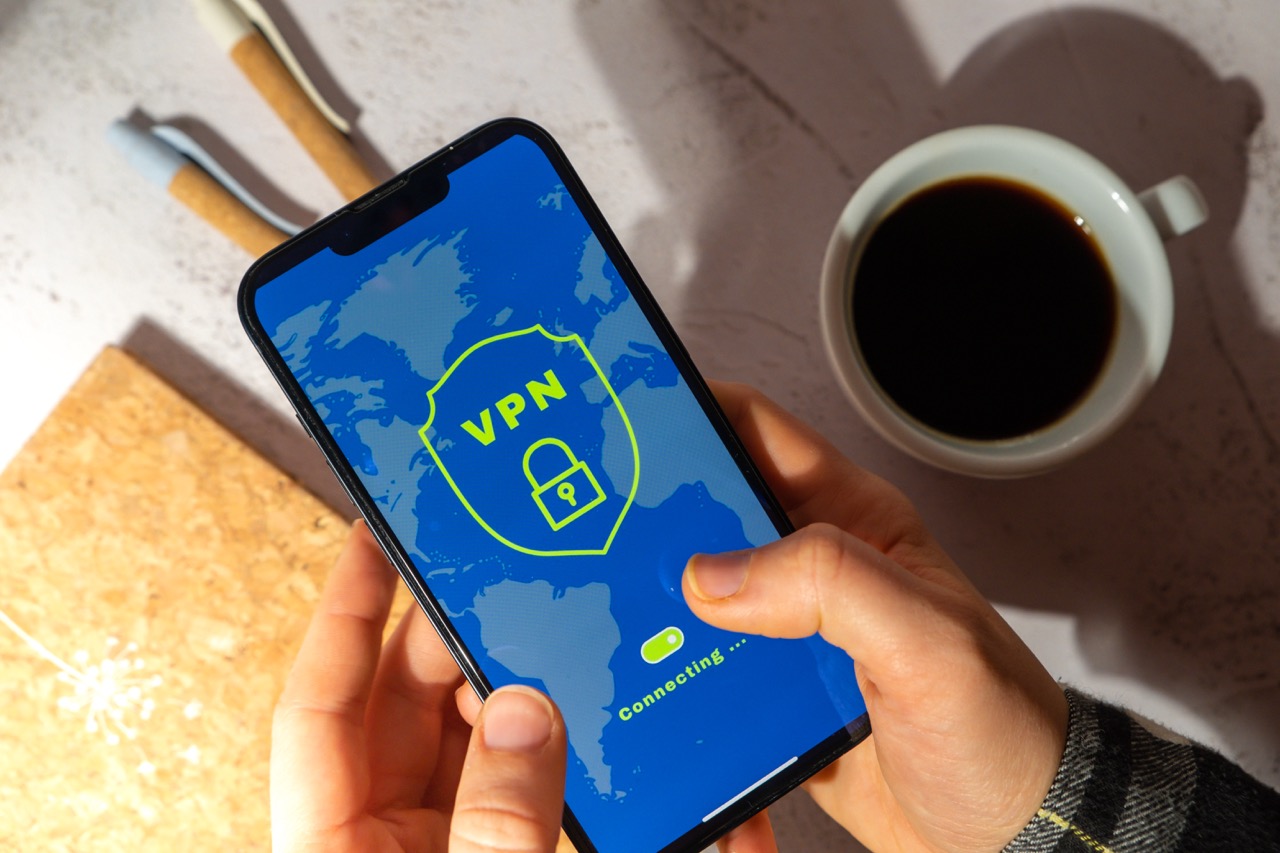The advent of Virtual Private Networks (VPNs) has revolutionized the way individuals safeguard their digital privacy and access restricted content online. However, as their popularity has surged, so too has the development of VPN-blocking technologies. These sophisticated mechanisms have been implemented by various organizations, including governments and content providers, in an effort to combat the perceived threats posed by VPN usage. This article aims to explore the rise of such technologies, their operational mechanisms, the implications for internet freedom, and the ongoing battle between VPN providers and those who seek to restrict their use.
Understanding VPN-Blocking Technologies: An Overview
VPN-blocking technologies are designed to prevent users from accessing websites and services while connected through a VPN. Various entities, including streaming platforms and internet service providers (ISPs), utilize these technologies to enforce geographical content restrictions and protect their proprietary content. As VPNs became more common, organizations increasingly recognized the need to counteract the anonymity and unrestricted access these tools provide. Consequently, they have developed advanced systems to detect and block VPN traffic.
The technologies employed to block VPNs can be categorized into two main types: IP blocking and deep packet inspection (DPI). IP blocking involves maintaining a dynamic list of known VPN server IP addresses, which can be updated regularly to ensure that users are unable to connect to these services. On the other hand, DPI examines the data packets transmitted over the network to identify patterns typical of VPN traffic. This allows organizations to filter out unauthorized VPN connections without necessarily knowing the specific IP address.
These advancements in VPN-blocking technologies have led to an ongoing cat-and-mouse game between VPN providers and those implementing restrictions. As VPN providers continuously innovate to stay one step ahead, organizations are also investing in more sophisticated detection methods. As a result, the landscape of internet privacy and access continues to evolve, with significant implications for users worldwide.
Mechanisms of VPN Detection: How They Operate
The mechanisms employed in VPN detection are multifaceted and increasingly complex, reflecting the evolving nature of internet usage and regulation. One of the primary methods of detection is the use of blacklists that maintain databases of known VPN server IP addresses. When a user attempts to connect to a service, the platform checks the user’s IP address against these lists and denies access if a match is found. This method is straightforward but can lead to false positives, especially where legitimate users inadvertently connect through a blocked IP.
Another prominent method is deep packet inspection (DPI). DPI allows network administrators to inspect the data packets themselves, looking for specific signatures characteristic of VPN protocols, such as OpenVPN or PPTP. By analyzing the header information and behavior of packets, DPI can effectively identify and block VPN traffic. This technology is particularly effective in corporate environments or regions with stringent internet regulations, where monitoring and control of internet usage are paramount.
An additional layer of complexity arises from the use of obfuscation techniques by VPN providers. These techniques involve disguising VPN traffic to make it resemble regular web traffic, thereby complicating detection efforts. However, as obfuscation becomes more common, it also prompts organizations to refine their detection methods, creating a continuous cycle of adaptation and counter-adaptation in the realm of VPN usage.
The Impact of VPN Blocking on Internet Freedom
The rise of VPN-blocking technologies poses significant threats to internet freedom, as users increasingly find themselves restricted in their ability to access content and communicate privately online. In many jurisdictions, the ability to bypass censorship and access information freely is a fundamental right, yet VPN blocking undermines this principle. Users who rely on VPNs for privacy and security, particularly in authoritarian regimes, face diminished access to critical resources, including news, educational materials, and social media platforms.
Moreover, the implications of VPN blocking extend beyond individual users. Businesses and organizations that depend on secure communications may struggle to operate effectively if their access to VPN services is obstructed. This can hinder international cooperation, affect remote work capabilities, and limit the ability to exchange information securely. In such environments, the proliferation of VPN-blocking technologies can stifle innovation and economic growth, as companies may be deterred from operating in regions with stringent internet restrictions.
Ultimately, the impact of VPN blocking on internet freedom raises profound ethical questions about the balance between security, privacy, and the right to access information. As various stakeholders—governments, corporations, and users—navigate this landscape, the challenge remains to uphold fundamental freedoms while addressing legitimate security concerns.
Current Strategies Employed by VPN Providers to Circumvent
In response to the growing prevalence of VPN-blocking technologies, VPN providers have developed a range of strategies to circumvent these restrictions and ensure continued user access. One of the primary methods is the implementation of dedicated IP addresses. By offering users unique IP addresses that are less likely to be flagged or blacklisted, VPN services can reduce the likelihood of being detected and blocked by content providers.
Additionally, many VPN providers have adopted advanced obfuscation techniques that disguise VPN traffic to resemble standard HTTPS traffic. This method makes it more challenging for organizations to identify and block VPN usage, as the data packets appear similar to regular web traffic. Moreover, some providers utilize stealth modes or "scrambling" techniques that modify the characteristics of VPN traffic, further minimizing the chance of detection.
Furthermore, reputable VPN providers often maintain a robust infrastructure of servers located in diverse geographic locations. This strategy enables them to quickly redirect user traffic through alternative servers if a particular IP address is blocked, ensuring uninterrupted access. By continually rotating and updating their server lists, these providers can stay ahead of VPN-blocking efforts, allowing users to bypass restrictions more effectively.
Effective Methods for Users to Bypass VPN Restrictions
For users seeking to bypass VPN restrictions, several effective methods can be employed. One of the most straightforward tactics is to change VPN server locations frequently. By connecting to different servers, users can avoid detection by leveraging servers that may not yet be blacklisted or flagged by content providers. This practice allows users to maintain access to desired content while navigating around VPN blocking efforts.
Another effective method is the use of smart DNS services, which can reroute DNS requests without altering the user’s IP address. While not offering the same level of encryption as a VPN, smart DNS allows users to access geographically restricted content by disguising their location. This can be an excellent alternative for streaming services that enforce VPN-blocking measures, enabling users to bypass restrictions without triggering detection mechanisms.
Finally, users can explore the option of using browser extensions or specific proxy services that provide anonymity without being classified as VPN traffic. These tools often operate on different protocols, making them harder to block. However, users should exercise caution and ensure they utilize reputable services, as many free proxies can compromise privacy and security.
The Future of VPN Technology in the Face of Blocking Efforts
As the arms race between VPN providers and those who implement blocking technologies intensifies, the future of VPN technology appears both promising and challenging. The continued demand for online privacy and unrestricted access will likely fuel innovation within the VPN industry, leading to the development of more sophisticated tools designed to evade detection. This could involve advancements in encryption methods, improved obfuscation techniques, and the creation of decentralized VPNs that leverage blockchain technology to enhance security and anonymity.
However, the ongoing enhancement of VPN-blocking technologies by organizations will spur an equally aggressive response from VPN providers. As detection methods evolve, it is imperative for providers to stay ahead of the curve, ensuring their services remain accessible and effective for end-users. This ongoing battle may lead to the emergence of hybrid solutions that combine the best features of VPNs, proxies, and smart DNS, ultimately providing users with a more comprehensive suite of tools for internet freedom.
Additionally, the global landscape of digital rights and regulations will play a crucial role in shaping the future of VPN technology. As awareness of the importance of online privacy grows, advocacy for internet freedom and regulatory changes may influence how VPNs are perceived and utilized. The outcome of this evolving dynamic will have lasting implications for the accessibility, reliability, and legality of VPN services worldwide.
In conclusion, the rise of VPN-blocking technologies represents a significant challenge for both users and providers alike. As individuals increasingly rely on VPNs to safeguard their privacy and access restricted content, organizations are adeptly developing new mechanisms to inhibit this access. This ongoing conflict underscores the broader implications for internet freedom and the essential right to information in an increasingly digital world. As VPN technology continues to evolve in response to these challenges, both users and providers must remain vigilant and adaptable, ensuring that the quest for privacy and unrestricted access persists in the face of mounting restrictions.










